Examples & Preview
Welcome to jazzleadsheets.com, the premiere online sheet music resource for jazz musicians. We are an expanding collection of lead sheets, parts, transcriptions, practice tools and special resources for instrumentalists and vocalists. Created by Grammy award-winner Don Sickler, jazzleadsheets.com is trusted by today's top jazz artists, gigging musicians, amateurs, and students alike. We offer a unique selection of repertoire from 1939 to today, much of which is unavailable anywhere else. Our material comes from the composers' original manuscripts or expert transcribers and, when possible, is proofread by the composers themselves.
Browse this page for a selection of editor's picks for new visitors, or click the Songs page for a full catalog.
To see examples of our high-quality sheet music, please click here
.- Dhyana - Harold "Tina" Brooks Latin/swing (medium)
- Waiting Game - Harold "Tina" Brooks Swing (medium up)
- Sandu - Clifford Brown Swing (medium)
- Sweet Clifford - Clifford Brown Swing (uptempo)
- Cubano Chant - Ray Bryant Latin (Mambo)
- Philadelphia Bound - Ray Bryant Swing (uptempo)
- Midnight Blue - Kenny Burrell Swing (groove - medium)
- News For Lulu - Sonny Clark Latin/swing (medium)
- Dream Is You - Tadd Dameron Swing (medium slow)
- Blue Bossa - Kenny Dorham Latin (Bossa)
- La Mesha - Kenny Dorham Ballad
- Sao Paulo - Kenny Dorham Latin (Funky)
- Dark Beauty - Kenny Drew, Sr. Ballad
- Mox Nix - Art Farmer Swing (medium up)
- Jodi - Dexter Gordon Ballad
- Le Coiffeur - Dexter Gordon Latin (Mambo)
- Soy Califa - Dexter Gordon Latin/swing (medium)
- Basheer's Dream - Gigi Gryce Latin (Mambo)
- Nica's Tempo - Gigi Gryce Swing (medium up)
- Night At Tony's - Gigi Gryce Swing (medium up)
- Social Call - Gigi Gryce Swing (medium)
- Frame For The Blues - Slide Hampton Swing (slow)
- Dream Traveler - Roy Hargrove Latin (Afro-Cuban 6/8)
- Mental Phrasing - Roy Hargrove Swing (medium up)
- Enigma - J.J. Johnson Ballad
- Ka-Link - Philly Joe Jones Latin/swing (medium)
- Three For The Festival - Rahsaan Roland Kirk Swing (medium up)
- Ursula - Harold Land Swing (medium)
- Minor Mode - Booker Little Swing (medium up)
- Cup Bearers - Tom McIntosh Swing (medium up)
- No Room For Squares - Hank Mobley Swing (uptempo)
- Soul Station - Hank Mobley Swing (medium slow)
- This I Dig Of You - Hank Mobley Swing (medium up)
- Bellarosa - Elmo Hope & Sonny Rollins Swing (medium)
- Little Busy - Bobby Timmons Funky 2-feel & swing
- One Mo' - Bobby Timmons Swing (medium up)
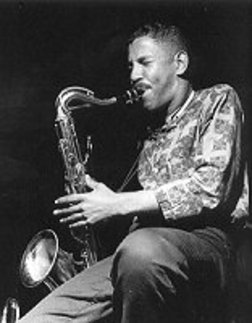
Harold "Tina" Brooks
Harold Floyd "Tina" Brooks and his twin brother Harry were born in Fayetteville, North Carolina, becoming the youngest of eight children. The family moved to NYC in 1944. By then, Harold was already being called Tina (pronounced Teena), a grade school nickname that came from his tiny or teensy size. Around this time, he started playing the C Melody saxophone, studying with his 10 year older brother David "Bubba" Brooks, Jr. Bubba had become an established R&B tenor saxophonist, and in late 1950, Tina subbed for Bubba for a few months in pianist Sonny Thompson's R&B band. Tina made his first recording with this band. Read more...
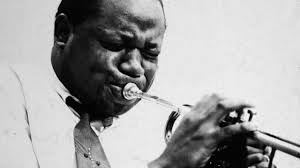
Clifford Brown
Clifford Brown was a legendary and influential trumpet player who had everything going for him: an incredible sound, dazzling technique and ideas, and a great compositional gift. Brown was in the limelight for just five years (he died in a car accident at age 25) yet his mark on jazz is indelible. Early performances at jam sessions with Dizzy Gillespie, Charlie Parker and Fats Navarro (his major influences) led to work with R&B bandleader Chris Powell, which included his first commercial recording (March 21, 1952). His second commercial recording was with Lou Donaldson for Blue Note Records (June 9, 1953), a session that also included Philly Joe Jones and Elmo Hope (Carvin' The Rock, De-Dah and Bellarosa). On this session, Clifford also got to record one of his own compositions (Brownie Speaks), which became his first recorded composition. Read more...
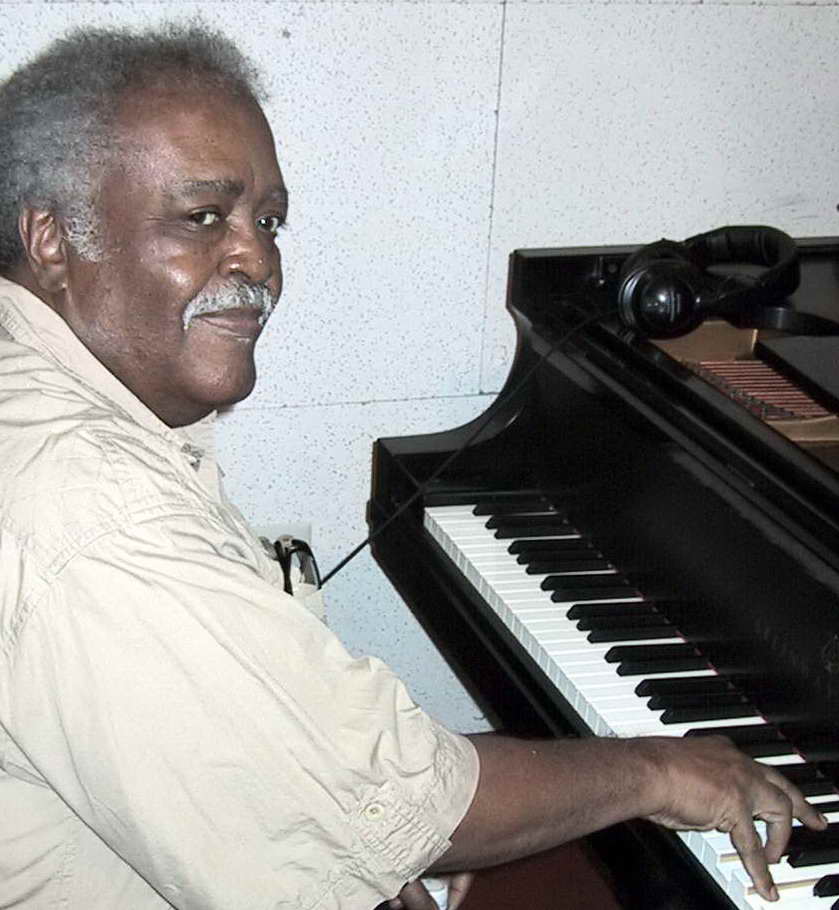
Ray Bryant
Following performances in his native Philadelphia with guitarist Tiny Grimes and as house pianist at the Blue Note Club with Charlie Parker, Lester Young, Miles Davis and others, Ray Bryant came to New York in the mid-1950s. His first jazz recording session in New York was with Toots Thielemans (August, 1955) for Columbia Records. That session led to his own trio sessions as well as sessions with vocalist Betty Carter for Epic Records in May and June ("Meet Betty Carter and Ray Bryant"). On August 5, 1955, Ray recorded with Miles Davis, and on December 2, 1955, with Sonny Rollins, both for Prestige Records. Read more...
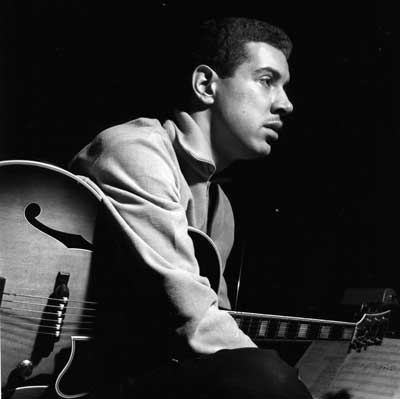
Kenny Burrell
Duke Ellington's favorite guitar player, Kenny Burrell has influenced musicians worldwide. His career spans decades, from his first recording session with Dizzy Gillespie at the age of twenty to his current job as head of the jazz program at UCLA. Read more...
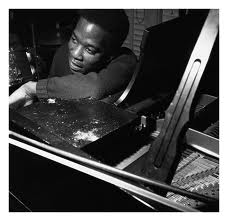
Sonny Clark
A remarkable composer and pianist whose special touch and articulation makes him instantly recognizable at the piano, Sonny (Conrad Yeatis) Clark recorded so much on the Blue Note label that he was practically their in-house pianist. This hard-bop mainstay was particularly noteworthy for his virtuosic right hand lines. Read more...

Tadd Dameron
A giant of the bebop era, Dameron had a wonderful melodic and harmonic imagination which he brought to compositions and arrangements for both small and big bands. Writing first for Harlan Leonard, Jimmy Lunceford, Count Basie and Billy Eckstine, in the late '40s Dameron started composing and arranging for Dizzy Gillespie's big band. He also recorded his own superb sextet for Blue Note Records in 1947 which featured trumpet great Fats Navarro. Read more...
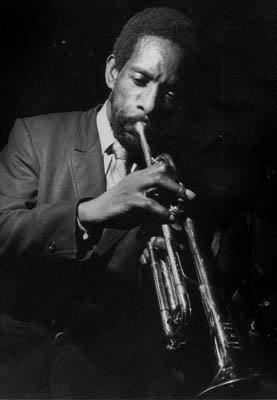
Kenny Dorham
August 30, 2025, is Kenny Dorham's 101st birthday: jazzleadsheets.com has added many new K.D. compositions. Jazz At Lincoln Center has dedicated three late-night sets to Kenny's music, played with love by young musicians who want his music to live on. Join in, play K.D. music! Read more...
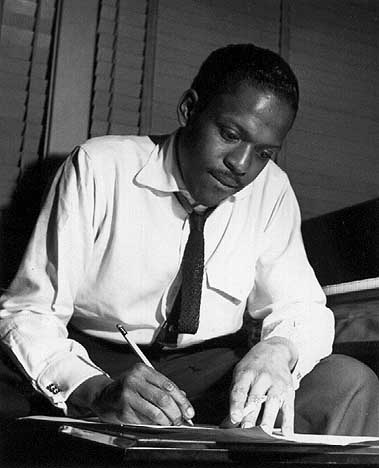
Kenny Drew, Sr.
Kenny Drew was born in New York City. He studied classical piano but soon turned to jazz. His recording career started in 1950 at age 22, first with Howard McGhee for Blue Note, then Sonny Stitt for Prestige. These two 1950 recordings plus a surviving radio broadcast with Charlie Parker (December 8, 1950) put him in the company of jazz greats J.J Johnson, Max Roach and Art Blakey. Read more...
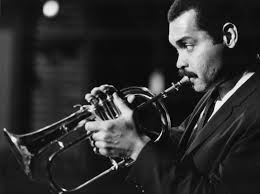
Art Farmer
Featured in a recent JazzWax article, journalist Mark Myers says "there's simply too much great Art Farmer on Prestige during this early period to single out any one LP" as a perfect album! Check out Art and Gigi Gryce here and here. Read more...
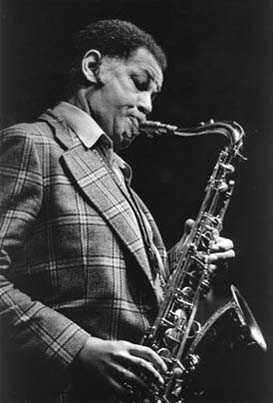
Dexter Gordon
Tenor saxophonist Dexter Gordon was born in Los Angeles, CA. In his last year of high school, he received a call from alto saxophonist Marshall Royal asking him to join the Lionel Hampton big band. This led to Dexter's first recording, with the Hampton band, on December 21, 1941. In 1944, after a few weeks with the Fletcher Henderson Orchestra and working and recording with Louis Armstrong's orchestra, Dexter joined Billy Eckstine and recorded with Eckstine's legendary band of soon-to-be jazz superstars that included Dizzy Gillespie, Sonny Stitt, Gene Ammons, Leo Parker, Art Blakey, Sarah Vaughan, arranger Tadd Dameron and others, on September 5, 1944. Read more...

Gigi Gryce
Gigi Gryce was a fine altoist in the 1950s, but it was his writing skills, both composing and arranging (including composing the standard Minority) that were considered most notable. After growing up in Hartford, CT, and studying at the Boston Conservatory and in Paris, Gryce worked in New York with Max Roach, Tadd Dameron, and Clifford Brown. He toured Europe in 1953 with Lionel Hampton and led several sessions in France on that trip. Read more...

Slide Hampton
Trombonist Locksley Wellington "Slide" Hampton was born in Jeannette, Pennsylvania. The Hamptons were a very musical family in which mother, father, eight brothers and four sisters all played instruments and formed a family band. The family moved to Indianapolis in 1938. In 1944, at the age of twelve, Slide played in his family's Indianapolis jazz band, The Duke Hampton Band. Read more...
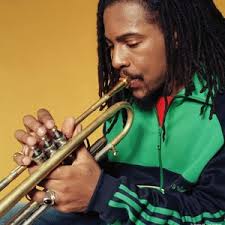
Roy Hargrove
Roy Hargrove was a pioneer in modern hard-bop jazz and is widely regarded as one of the best trumpeters to emerge from the 1990s. As a high school student in Waco, Texas, young Roy met Wynton Marsalis in 1987. Impressed with the young man's talent, Wynton encouraged Roy. In April, 1988, while still a teenager, Roy traveled to NYC and slept on the couch in Don Sickler's rehearsal studio in preparation for his recording debut in the big leagues with Don ("Superblue"). Before leaving New York on that trip he also recorded with alto saxophonist Bobby Watson ("No Question About It"). Read more...
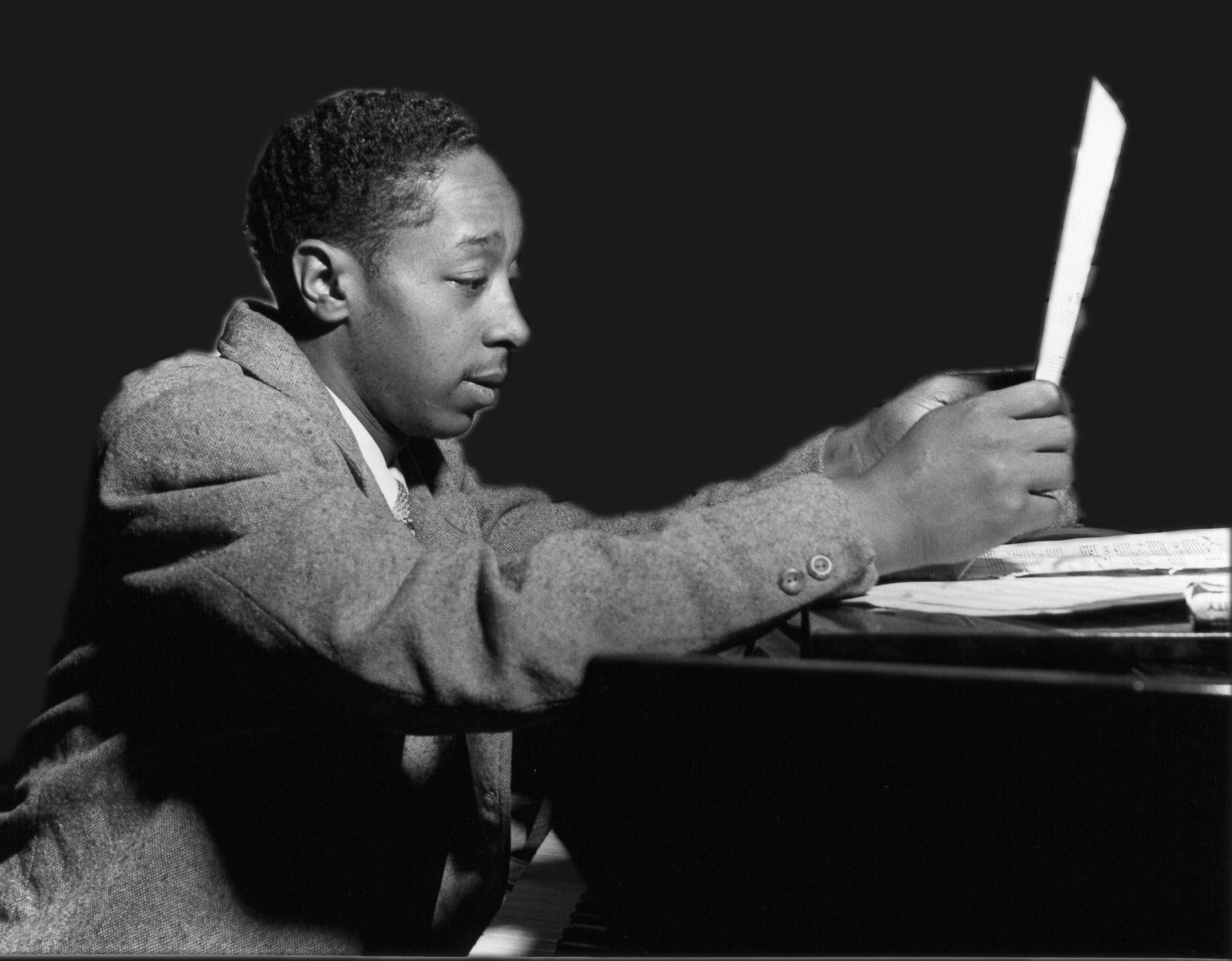
Elmo Hope
An imaginative pianist who valued subtlety over virtuosity in the landscape of bebop, Elmo Hope never achieved the fame that his close friends did, perhaps because he so rejected stylistic norms of the time. Elmo was a classically trained pianist with technique rivaling that of his childhood friend Bud Powell and a composer of music whose inventiveness and complexity approaches that of Thelonious Monk. In fact, Elmo, Thelonious and Bud used to hang out so much together in the late 1940s they became known as "The Three Musketeers." Powell, in Francis Paudras' book "Dance of the Infidels" is quoted as saying, "You gotta hear Elmo. He's fabulous. His stuff is very hard. He does some things that even I have trouble playing." Read more...
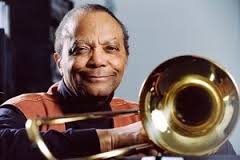
J.J. Johnson
J.J. Johnson is arguably the most influential bop and post-swing trombonist and also one of the great composers and arrangers in jazz. He was one of the first trombonists to embrace bebop; his playing continues to exert a strong influence on other musicians. He started his recording career in 1942 in Benny Carter's big band. On July 2, 1944, J.J was on the first Jazz At The Philharmonic concert. He recorded with the Count Basie Orchestra beginning in 1945. Read more...
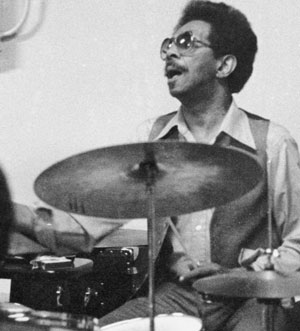
Philly Joe Jones
Philly Joe Jones was one of the most well-known drummers of his era. A natural comedian, he was a spellbinding storyteller, both in music and in words. Here's a famous example clipPJJ recorded by engineer Rudy Van Gelder before a session. Read more...
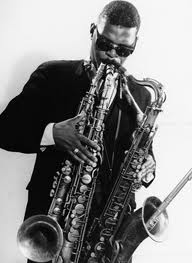
Rahsaan Roland Kirk
With a stritch dangling below his knees, manzello and tenor sax hanging from his neck and a hodgepodge of various homemade instruments, Roland Kirk was a surreal, innovative and inspiring saxophonist who was intensely serious about music. Born in Columbus, Ohio, he became blind at an early age. Taking up an assortment of instruments early on, he began playing tenor sax professionally in R&B bands by the age of 15. Infatuated by the manzello (saxello soprano) and stritch (straight alto saxophone), he reshaped the saxes so he could play all three simultaneously, evident in his first recording in 1956, "Triple Threat." By 1960 he had incorporated the siren whistle into his solos, and by 1963 had mastered circular breathing. Even while playing two or three saxophones at once, Kirk's music was powerful jazz with a strong feel for the blues. Read more...
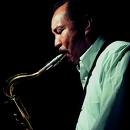
Harold Land
Many people only know of Harold Land as the great tenor saxophone soloist who made the classic quintet recordings with the Clifford Brown - Max Roach Quintet: Joy Spring, Daahoud, The Blues Walk and other classics—many of which are available from jazzleadsheets.com. Harold is far more than just a great tenor saxophonist sideman. Read more...
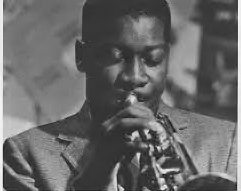
Booker Little
A tragic loss to the world of jazz at age 23! Hearing is certainly believing: in Booker's short life, he still was able to leave us with recordings and compositions that are guaranteed to astonish and captivate. His effortless-sounding virtuosity ranks him as one of the greatest trumpet players. He was also a gifted composer, who obviously took composing very seriously, as his recording output shows. Booker began on trumpet when he was 12 and played with Johnny Griffin and the MJT + 3 while attending the Chicago Conservatory. He worked with Max Roach (1958-1959) and then freelanced in New York. He recorded with Roach and Abbey Lincoln, was on John Coltrane's Africa/Brass album, and was well-documented during a July 1961 gig at the Five Spot with Eric Dolphy. Booker Little led four sessions before his tragic early death. Read more...
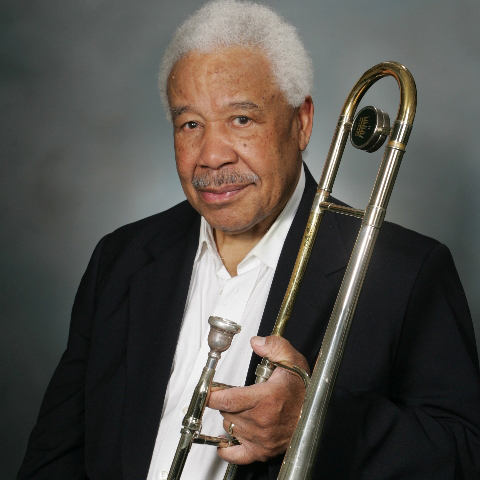
Tom McIntosh
Born and raised in Baltimore, Maryland, trombonist and arranger/composer Tom McIntosh studied voice at the Peabody Conservatory in 1944. In 1950 he was stationed in Germany with an Army band, where he first encountered reedman James Moody, who was touring Europe with Coleman Hawkins. Nine years later, after graduating from the Juillard School in NYC, Mac was hired by Moody to play in his sextet. The sextet became a septet for the first Moody recording, simply titled "James Moody," recorded in Chicago in August, 1959, for the Argo label. This album also contained Tom's first recorded composition With Malice Toward None, which Tom arranged as well. Read more...
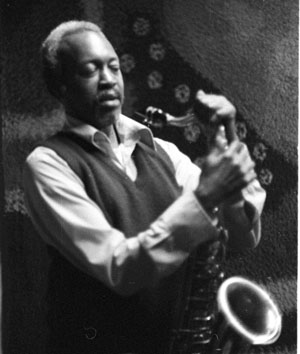
Hank Mobley
Hank Mobley is one of the most acclaimed tenor saxophonists in modern jazz history. He is recognized by musicians and critics alike as one of the most important and eloquent jazz instrumentalists of all time. He recorded well over 100 of his own original compositions and left an indelible mark on the post-bop jazz scene. Read more...
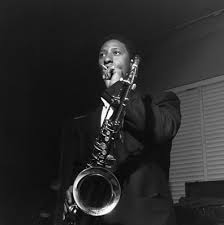
Sonny Rollins
Tenor saxophone legend Sonny Rollins is without question one of the most important and influential jazz musicians and composers in history. His enduring career has made him both a hallmark of the bebop and hardbop eras and a great contemporary player—and a forefront of every jazz movement in between. Miles Davis himself considered Newk (a nickname inspired by his resemblance to the Brooklyn Dodgers' pitcher Don Newcombe) to be the greatest tenor saxophonist of all time. Read more...
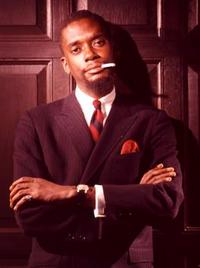
Bobby Timmons
A beloved pianist with one of the most easily recognizable styles, Bobby Timmons is responsible not only for bringing his unique gospel-tinged voice to the piano, but also for his funky compositional masterpieces that have become jazz standards, like Moanin’ and This Here (Dis Here). These two are by no means the only memorable original works of Bobby’s—nearly all of his works are instantly recognizable as Bobby Timmons originals, as they all have his signature style of soul, funk, and gospel, while maintaining the hallmarks of true hard-bop jazz. Born in Philadelphia to a religious family, Bobby studied piano with his uncle, who also taught McCoy Tyner. He moved to New York at age 20 to start his recording career with Kenny Dorham’s Jazz Prophets. Read more...
